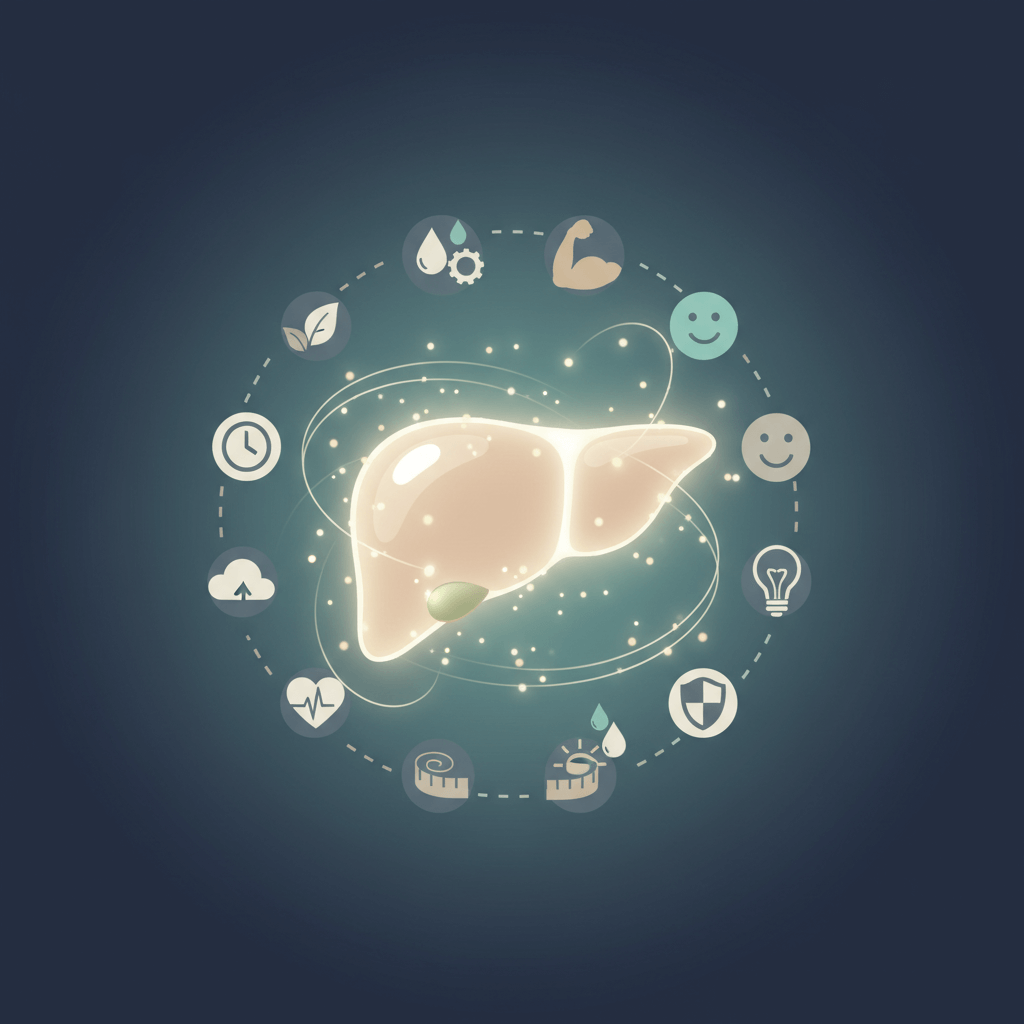Understanding Drug Addiction
Drug addiction is a complex issue that affects individuals from all walks of life. To comprehend the factors contributing to addiction and the allure of certain drugs, it is essential to understand the nature of drug addiction itself.

What Makes a Drug Addictive?
The addictive nature of drugs stems from their ability to interact with the brain's reward system. When a person consumes an addictive substance, it triggers a surge of dopamine, a neurotransmitter associated with pleasure and reward. This flood of dopamine reinforces the brain's association between the drug and the pleasurable experience, leading to a desire for repeated use.
However, not all drugs possess the same level of addictive potential. The degree of addiction varies depending on various factors, including the drug's chemical properties, the route of administration, and individual susceptibility.
Factors Contributing to Drug Addiction
Several factors contribute to the development of drug addiction. These factors can be categorized into biological, environmental, and psychological aspects.
Biological factors include genetic predispositions, as some individuals may have a higher susceptibility to addiction due to their genetic makeup. Additionally, certain physiological factors, such as imbalances in brain chemistry, can influence an individual's vulnerability to addiction.
Environmental factors play a significant role in drug addiction as well. Exposure to drug use within one's social circle, family dynamics, and socioeconomic status can influence an individual's likelihood of developing an addiction. Furthermore, stress, trauma, and availability of drugs in the environment can contribute to the initiation and maintenance of addiction.
Psychological factors, such as mental health disorders, can also increase the risk of drug addiction. Conditions like depression, anxiety, and trauma-related disorders may drive individuals to use substances as a means of self-medication or escape.
Understanding the factors that contribute to drug addiction is crucial in addressing this widespread issue. By recognizing the multifaceted nature of addiction and the elements that make certain drugs more addictive than others, we can develop effective prevention strategies, treatment approaches, and support systems for individuals struggling with addiction.
Drug Classes and Addiction Potential
Various drug classes have different levels of addiction potential, meaning some are more likely to lead to dependence and addiction than others. Understanding the characteristics of each drug class can help shed light on their addiction potential. Let's explore some of the common drug classes and their association with addiction.
Opioids
Opioids are a class of drugs that include prescription pain relievers like oxycodone and hydrocodone, as well as illegal substances like heroin. Opioids are known for their powerful pain-relieving properties and their ability to produce feelings of euphoria. Due to these effects, opioids have a high potential for addiction. In fact, opioids are widely recognized as one of the most abused drug classes. Prolonged use can lead to physical and psychological dependence, making recovery challenging without appropriate support and treatment.
Stimulants
Stimulants, such as amphetamines and cocaine, are substances that increase alertness, attention, and energy. These drugs stimulate the central nervous system and produce a sense of euphoria and increased confidence. Stimulants have a significant addiction potential due to their ability to enhance mood and induce a state of heightened arousal. Prolonged use can lead to tolerance, dependence, and a range of physical and mental health consequences.
Depressants
Depressants, also known as sedatives or tranquilizers, are substances that slow down brain activity. This drug class includes drugs like benzodiazepines (e.g., Xanax, Valium) and barbiturates. Depressants are commonly prescribed for anxiety and sleep disorders due to their calming effects. However, these drugs can be highly addictive, especially when used in higher doses or for longer durations. Abruptly stopping depressant use after dependence has developed can lead to dangerous withdrawal symptoms.
Hallucinogens
Hallucinogens, such as LSD (acid), psilocybin (magic mushrooms), and MDMA (ecstasy), are drugs that alter perception, thoughts, and feelings. While hallucinogens are not known to produce physical dependence, they can have a profound impact on psychological well-being. Although addiction to hallucinogens is less common compared to other drug classes, individuals can experience psychological dependence and a desire to chase the intense experiences associated with these substances.
Inhalants
Inhalants are a diverse group of substances that are typically inhaled to produce mind-altering effects. These substances include solvents, aerosols, and gases found in household and industrial products. Inhalant abuse is particularly concerning due to the accessibility of these products. The addiction potential of inhalants can vary, but their abuse can lead to serious health consequences, including damage to the brain, liver, and other organs.
Understanding the addiction potential of different drug classes is crucial in recognizing the risks associated with substance abuse. It's important to note that addiction potential can vary among individuals, and factors such as genetics, environment, and mental health can contribute to the development of addiction. If you or someone you know is struggling with substance abuse, seeking professional help, and support is essential.
Factors Influencing Addiction Potential
Understanding the factors that contribute to addiction potential is crucial in determining which drug class has the highest risk for abuse. Several key factors play a role in the addictive nature of drugs, including pharmacological properties, route of administration, and individual factors.
Pharmacological Properties
The pharmacological properties of a drug greatly influence its potential for addiction. Certain drugs, such as opioids and stimulants, interact with the brain's reward system, leading to increased feelings of pleasure and euphoria. These drugs can produce a powerful reinforcing effect, making them more likely to be abused and potentially leading to addiction.
Another important pharmacological factor is the speed of onset and duration of drug effects. Drugs that produce rapid and intense effects, such as crack cocaine or intravenous heroin, may have a higher potential for addiction compared to drugs with slower onset and longer-lasting effects.
Route of Administration
The route of administration refers to how a drug is taken into the body. Different routes of administration can impact the addiction potential of a drug. For example, drugs that are smoked or injected directly into the bloodstream can produce a more intense and immediate effect compared to drugs that are taken orally. This rapid onset of effects can increase the risk of addiction.
Injection drug use, in particular, can be associated with higher addiction potential due to the rapid delivery of drugs to the brain, resulting in a profound and immediate impact on the reward system.
Individual Factors
Individual factors also play a significant role in addiction potential. Factors such as genetics, family history of addiction, mental health conditions, and social environment can all influence an individual's susceptibility to addiction.
Some individuals may be more biologically predisposed to developing an addiction. Genetic factors can influence how certain drugs affect the brain, making some individuals more susceptible to the addictive properties of specific drug classes.
Additionally, individuals with co-occurring mental health conditions, such as depression or anxiety, may be more vulnerable to substance abuse and addiction as they may seek relief from their symptoms through drug use.
It's important to note that addiction is a complex phenomenon influenced by a combination of these factors. The most addictive drug class is not solely determined by a single factor but rather by the interplay of these various elements.
Understanding these factors can help individuals make informed decisions about drug use and seek appropriate support and treatment when needed.
The Most Addictive Drug Class
When examining the world of drug addiction, it is important to understand which drug class possesses the highest potential for abuse. This knowledge can help shed light on the substances that pose the greatest risks to individuals and society as a whole. In this section, we will compare the addiction potential of different drug classes and explore their impact on society.
Comparing Addiction Potential
Various drug classes have different levels of addictive potential. It is crucial to note that addiction potential can vary among individuals due to factors such as genetics, environment, and personal circumstances. However, studies have indicated that certain drug classes tend to be more addictive than others.
Drug Class and Addiction Potential
Opioids: High
Stimulants: Moderate to High
Depressants: Moderate
Hallucinogens: Low
Inhalants: Low
Opioids, such as prescription painkillers and heroin, are known for their high addiction potential. These substances interact with the brain's opioid receptors, leading to feelings of euphoria and pain relief. Due to their powerful effects, opioids can quickly lead to dependence and addiction.
Stimulants, such as cocaine and amphetamines, also have a significant potential for addiction. These drugs increase alertness, energy, and focus, but they can also disrupt the brain's reward system, leading to compulsive drug-seeking behavior.
Depressants, including benzodiazepines and barbiturates, have a moderate addiction potential. These substances are commonly prescribed to treat anxiety and sleep disorders. However, regular use can lead to dependence and addiction, particularly when misused or taken in higher doses than prescribed.
Hallucinogens, such as LSD and psilocybin mushrooms, have a relatively low addiction potential. These substances primarily alter perception and cognition, but they do not typically lead to physical dependence or compulsive drug use.
Inhalants, which include substances like glue, paint thinners, and aerosol sprays, also have a low addiction potential. However, inhalant abuse can still have severe health consequences and can be potentially life-threatening.
Impact on Society
The addictive nature of certain drug classes has significant consequences for society. Substance abuse and addiction can lead to various social, economic, and health-related issues, affecting not only individuals but also their families and communities.
Highly addictive drug classes, such as opioids and stimulants, have contributed to the ongoing substance abuse crisis in many countries. The misuse and abuse of these substances have led to a rise in overdose deaths, increased healthcare costs, and strained social support systems.
The impact of addiction to depressants, hallucinogens, and inhalants is generally less pronounced compared to opioids and stimulants. However, it is still crucial to address and prevent the misuse of these substances to preserve individual well-being and community health.
By understanding the addiction potential of different drug classes, individuals can make informed decisions regarding their substance use. It is vital to seek help and support if struggling with substance abuse or addiction. Recognizing the signs of addiction, exploring treatment options, and prioritizing education and prevention efforts can contribute to a healthier and safer society.
Seeking Help and Support
Recognizing Signs of Addiction
Recognizing the signs of addiction is crucial in order to provide timely support and intervention. While the signs may vary depending on the drug class and individual, there are some common indicators that can help identify a potential addiction. These signs include:
- Increased tolerance: Needing larger amounts of the drug to achieve the desired effect.
- Withdrawal symptoms: Experiencing physical or psychological symptoms when attempting to stop or reduce drug use.
- Neglecting responsibilities: Prioritizing drug use over work, school, or personal responsibilities.
- Loss of control: Being unable to stop or control drug use despite negative consequences.
- Social withdrawal: Avoiding social activities and isolating oneself from friends and family.
- Change in behavior: Demonstrating erratic or unusual behavior, mood swings, or sudden changes in appearance.
If you notice these signs in yourself or someone you know, it may be an indication of addiction and seeking professional help is strongly recommended.
Treatment Options
Treating drug addiction requires a comprehensive approach that addresses the physical, psychological, and social aspects of the addiction. The treatment options available for addiction vary depending on the drug class and individual needs. Some common treatment approaches include:
- Detoxification: The initial step in addiction treatment, aimed at safely managing withdrawal symptoms under medical supervision.
- Behavioral therapies: These therapies, such as cognitive-behavioral therapy (CBT) and motivational interviewing, help individuals develop coping mechanisms, identify triggers, and change negative thought patterns associated with drug use.
- Medication-assisted treatment (MAT): For certain drug classes, medications may be prescribed to help manage cravings and reduce withdrawal symptoms.
- Support groups: Participating in support groups, such as Narcotics Anonymous (NA) or Alcoholics Anonymous (AA), can provide a sense of community and support in the recovery process.
It's important to note that addiction treatment should be individualized and tailored to the specific needs of each person. Consulting with a healthcare professional or addiction specialist can help determine the most appropriate treatment options.
Importance of Education and Prevention
Education and prevention play vital roles in addressing addiction. By raising awareness about the risks and consequences of drug use, individuals can make informed decisions and potentially avoid the path of addiction. Prevention efforts should focus on:
- Early intervention: Identifying risk factors and providing support to individuals at an early stage can help prevent the development of addiction.
- Holistic education: Providing comprehensive education about the dangers of drug use, including information on the most abused drug class, drugs with high abuse potential, and their effects on the body and mind.
- Community support: Encouraging community involvement in prevention programs, such as school-based initiatives or awareness campaigns, can make a significant impact in reducing drug abuse rates.
By emphasizing education and prevention, we can work together to create a society that is better equipped to recognize the signs of addiction, provide support to those in need, and ultimately reduce the prevalence of drug addiction.
Remember, if you or someone you know is struggling with drug addiction, seeking help from healthcare professionals or addiction specialists is essential. They can guide you towards the appropriate treatment options and support services to help you or your loved one on the path to recovery.
Sources
What is the Most Addictive Drug? Here Are the Top 5













